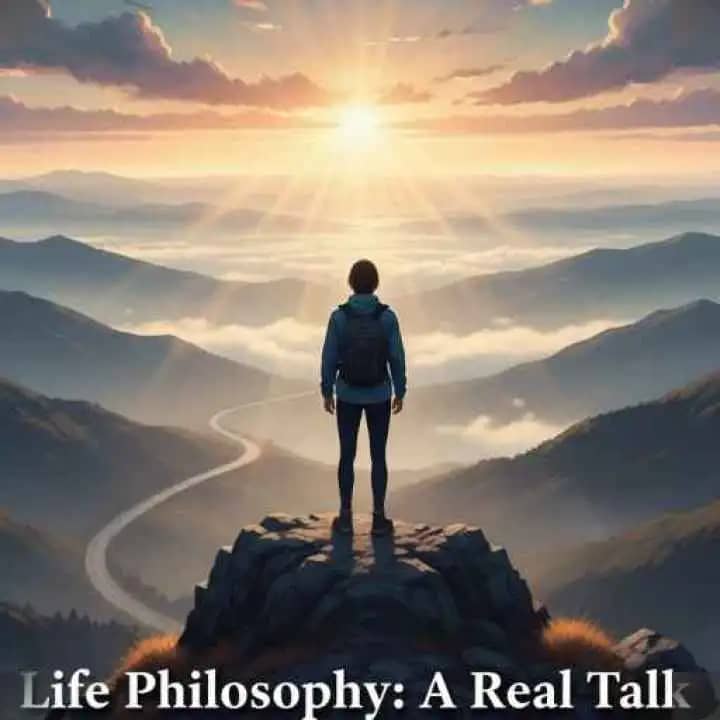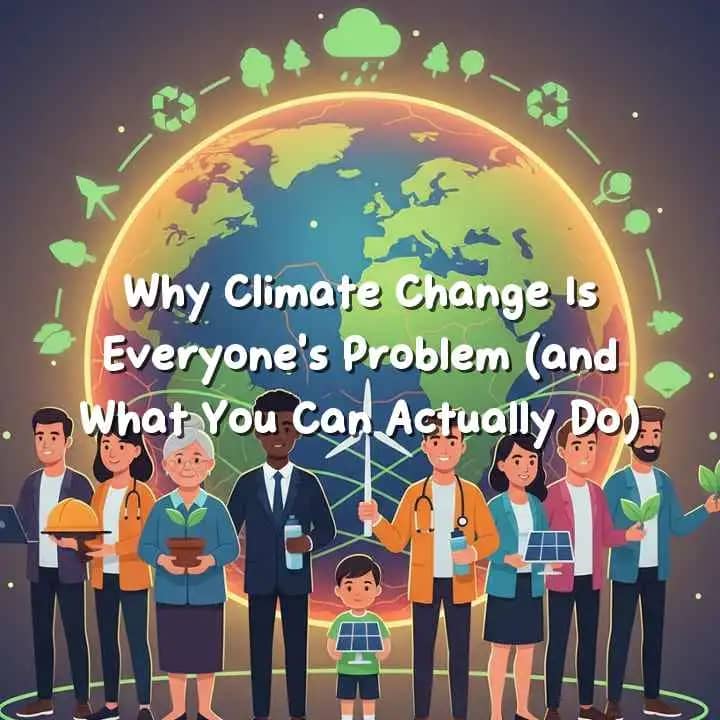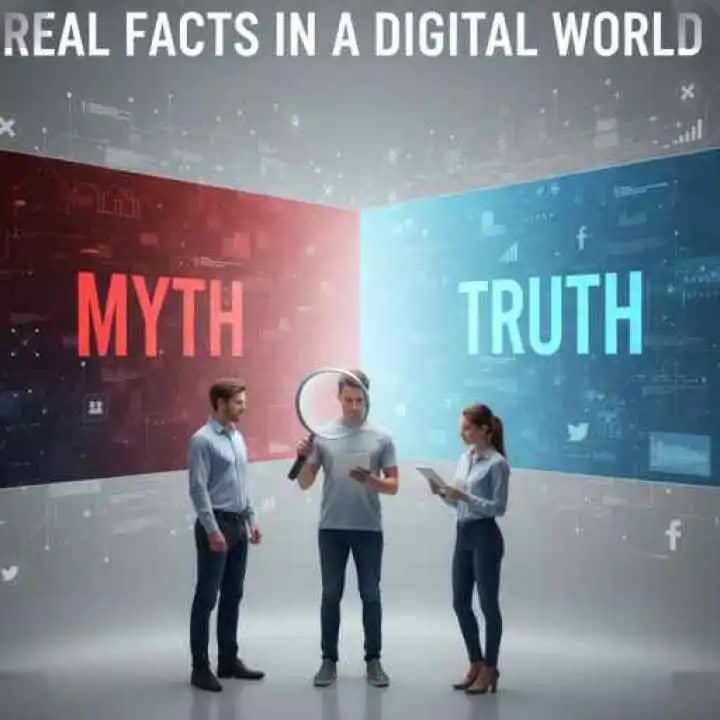
Truth vs. Myth: Separating Facts from Fiction in Everyday Life
Practical ways to spot misinformation, challenge assumptions, and stay grounded in reality.
Introduction
In a world flooded with headlines, viral posts, and constant notifications, separating truth from myth has never been more important. Whether it’s a trending health tip, a breaking news story, or a viral rumor, misinformation spreads faster than ever shaping opinions, influencing decisions, and sometimes causing harm. This guide shows you how to identify myths, verify facts, and stay confidently informed.
1. Why misinformation (1) Spreads So Quickly
Misinformation thrives on emotional triggers. Posts designed to shock, amuse, or anger are shared without second thought. Studies reveal that false stories can travel six times faster than accurate ones. Emotional appeal and sensational language create the perfect storm for Myths to spread.
2. Key Signs a “Fact” Might Be a Myth
- No Credible Source: Claims without verifiable references are red flags.
- One-sided Narratives: Articles That ignore counter-arguments often signal bias.
- Clickbait Headlines: If the headline feels exaggerated, double-check the content.
For example, the article Digital Delusion: The Myths Keeping You Stuck Online explores how catchy online trends can mislead us.
3. How to Separate Truth from Myth
Step 1: Question the Source
Always start by asking: Who published this information? Established outlets and peer-reviewed studies are more reliable than anonymous social posts.
Step 2: Cross-Verify Facts
Look for at least two independent, reputable sources. Check fact-checking websites and credible scientific journals.
Step 3: Recognize Emotional Triggers
Be cautious when content provokes strong reactions anger, fear, or excitement because these emotions can cloud judgment.
These steps echo themes from When Protecting Your Peace Becomes Emotional Avoidance, which discusses how emotions influence decision-making.
4. Common Areas Ripe for Myths
Health & Wellness
From miracle diets to miracle cures, health misinformation again is everywhere.
A cautionary tale is covered in Dermarite Hand Soap Recall 2025: Safety Alert for Consumers a reminder to trust verified health advisories.
Personal Development
Self-help trends often mix facts with fiction.
Example: Unlocking Creativity: A Real-Life Story of Motivation and Problem Solving shows the power of evidence-based strategies over myths.
Cultural Narratives
Cultural stereotypes can be misleading.
Explore Beyond Appearances: Emotional Truths Arab Culture Rarely Talks About to see how deeper truths challenge surface assumptions.
5. Tools to Fact-Check Quickly
- Fact-Checking Websites: Snopes, FactCheck.org, PolitiFact
- Reverse Image Search: Google Images or TinEye for verifying photos
- Scientific Databases: PubMed, Google Scholar for health and science claims
6. Building Critical Thinking Habits
- Read beyond headlines.
- Look for author credentials.
- Discuss with people who hold different opinions to broaden perspective.
FAQs
Q1: Why is it important to distinguish truth from myth?
Separating facts from fiction helps you make informed decisions and avoid spreading more on misinformation.
Q2: What is the fastest way to fact-check a claim?
Use reputable fact-checking sites and confirm with at least two credible sources.
Q3: How can I teach kids to think critically about information?
Encourage them to ask questions, seek original sources, and talk about how to spot unreliable content.
How-To Recap
Name: How to Separate Truth from Myth
Description: A quick guide to spot misinformation → and confirm reliable facts.
- Question the Source – Check who is sharing the information and whether the source is credible.
- Cross-Verify Facts – Look for multiple reputable references or scientific studies.
- Recognize Emotional Triggers – Be aware of content designed to provoke strong emotions.
Conclusion
Separating truth from myth is not a one-time action it’s an ongoing habit. By questioning sources, cross-verifying facts, and watching for emotional triggers, you build a strong defense against misinformation. In today’s fast-moving digital world, these skills protect not just your knowledge but also your peace of mind.





